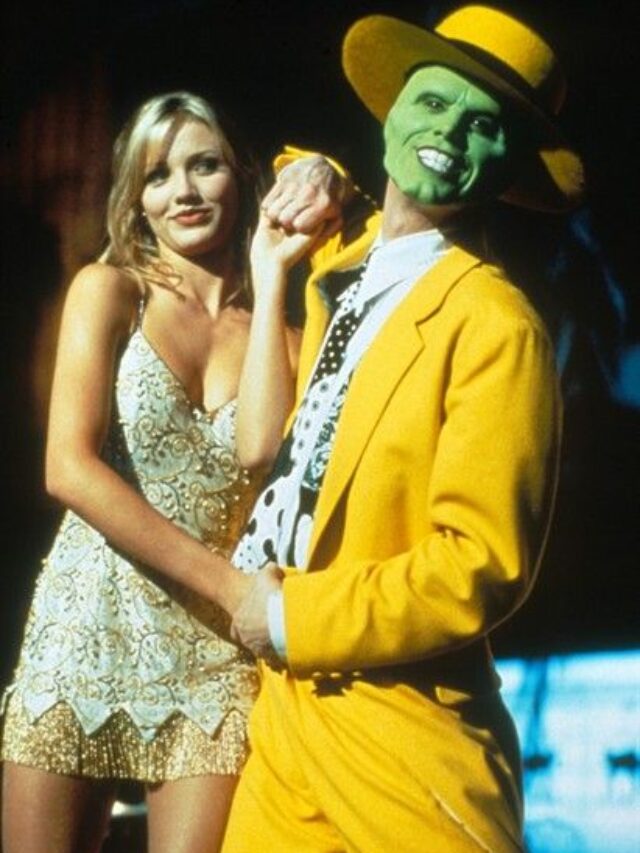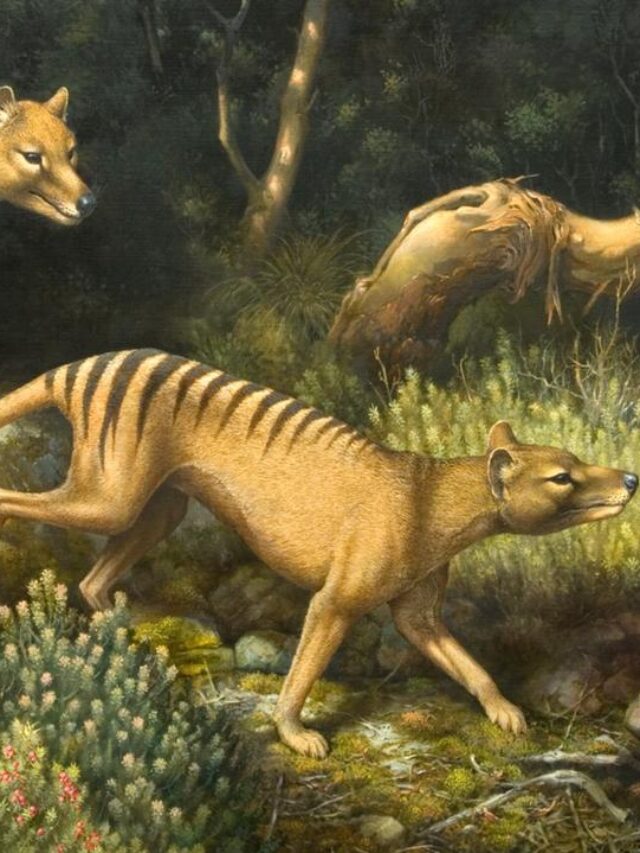Discover the fascinating world of bee hummingbirds and what makes them unique. What do bee hummingbirds look like? Find the answers here in this detailed article.
Introduction
Bee hummingbirds, nature’s tiny wonders, have always captured the imagination of bird enthusiasts. These minuscule birds, native to Cuba and the Isla de la Juventud, are often shrouded in mystery. But what do bee hummingbirds look like? In this comprehensive article, we will delve deep into their appearance, behavior, and habitat, uncovering the secrets of these extraordinary creatures.
The Pint-Sized Marvels
Bee hummingbirds are renowned for their diminutive size, which leaves birdwatchers astounded. Their vibrant plumage and distinct features set them apart from other avian species. Let’s explore their appearance in detail.
What Do Bee Hummingbirds Look Like?
Bee hummingbirds are known for their:
- Tiny Stature: These birds are incredibly small, measuring just 2 to 2.4 inches in length. Their size is comparable to a bumblebee, hence the name “bee hummingbird.”
- Stunning Plumage: Their iridescent feathers dazzle in various colors, including iridescent greens, blues, and fiery reds. The vibrant plumage plays a pivotal role in attracting mates.
- Dainty Beaks: Bee hummingbirds sport long, slender bills that are perfectly adapted for probing flowers and sipping nectar. Their beaks facilitate their primary diet of flower nectar and insects.
- Compact Bodies: With their compact, streamlined bodies, they can hover effortlessly, just like insects. This unique adaptation allows them to access nectar from deep within flowers.
- Exceptional Flight Skills: Their exceptional aerial acrobatics, including hovering and rapid flight, are a sight to behold. These tiny birds are true masters of the skies.
The Enigmatic Behavior
Understanding bee hummingbirds goes beyond their physical appearance. Let’s take a closer look at their fascinating behavior.
How Do Bee Hummingbirds Behave?
Bee hummingbirds exhibit remarkable behavior patterns, such as:
- Territorial Nature: These birds are known to be fiercely territorial, defending their feeding and nesting territories against intruders.
- Migratory Habits: While they are native to Cuba and the Isla de la Juventud, bee hummingbirds are known to migrate seasonally, depending on the availability of food.
- Intricate Mating Rituals: The courtship rituals of bee hummingbirds involve dazzling aerial displays and intricate dances, all to impress potential mates.
- Energetic Feeding: Bee hummingbirds need to feed every 10-15 minutes due to their high metabolic rate. Their day is spent in constant pursuit of nectar sources.
Their Preferred Habitat
Bee hummingbirds inhabit specific ecological niches. Understanding their preferred environments is crucial to appreciating their unique attributes.
Where Do Bee Hummingbirds Live?
- Tropical Paradises: Bee hummingbirds are primarily found in tropical and subtropical regions, including Cuba’s forests and coastal areas.
- Nest Locations: They build tiny, cup-shaped nests in trees or shrubs, which are often camouflaged with lichens.
- Altitude Variability: These birds can be found at varying altitudes, from sea level to higher elevations, where they have adapted to the changing flora.
Frequently Asked Questions (FAQs)
Q: What is the significance of bee hummingbirds’ iridescent plumage?
A: The iridescent plumage serves multiple purposes, including attracting mates and acting as camouflage in their lush, tropical habitats.
Q: How do bee hummingbirds navigate during their long migrations?
A: Bee hummingbirds are believed to use a combination of visual cues and their remarkable memory to navigate during their migrations.
Q: Do bee hummingbirds have any predators?
A: Yes, they do. Their small size makes them vulnerable to larger birds, spiders, and even praying mantises.
Q: Are bee hummingbirds endangered?
A: Yes, bee hummingbirds are classified as near-threatened due to habitat loss and climate change.
Q: What is the role of bee hummingbirds in their ecosystems?
A: Bee hummingbirds are essential pollinators, helping to facilitate the reproduction of numerous plant species.
Q: How can I attract bee hummingbirds to my garden?
A: Planting a variety of nectar-rich flowers and providing hummingbird feeders with sugar water can help attract these tiny marvels.
Conclusion
Bee hummingbirds, with their miniature size and extraordinary features, continue to be a source of wonder and amazement in the world of ornithology. Their unique appearance, behavior, and habitat make them a subject of fascination for bird lovers worldwide. The next time you spot one of these tiny wonders, you’ll have a deeper appreciation for what bee hummingbirds look like and the captivating lives they lead.















